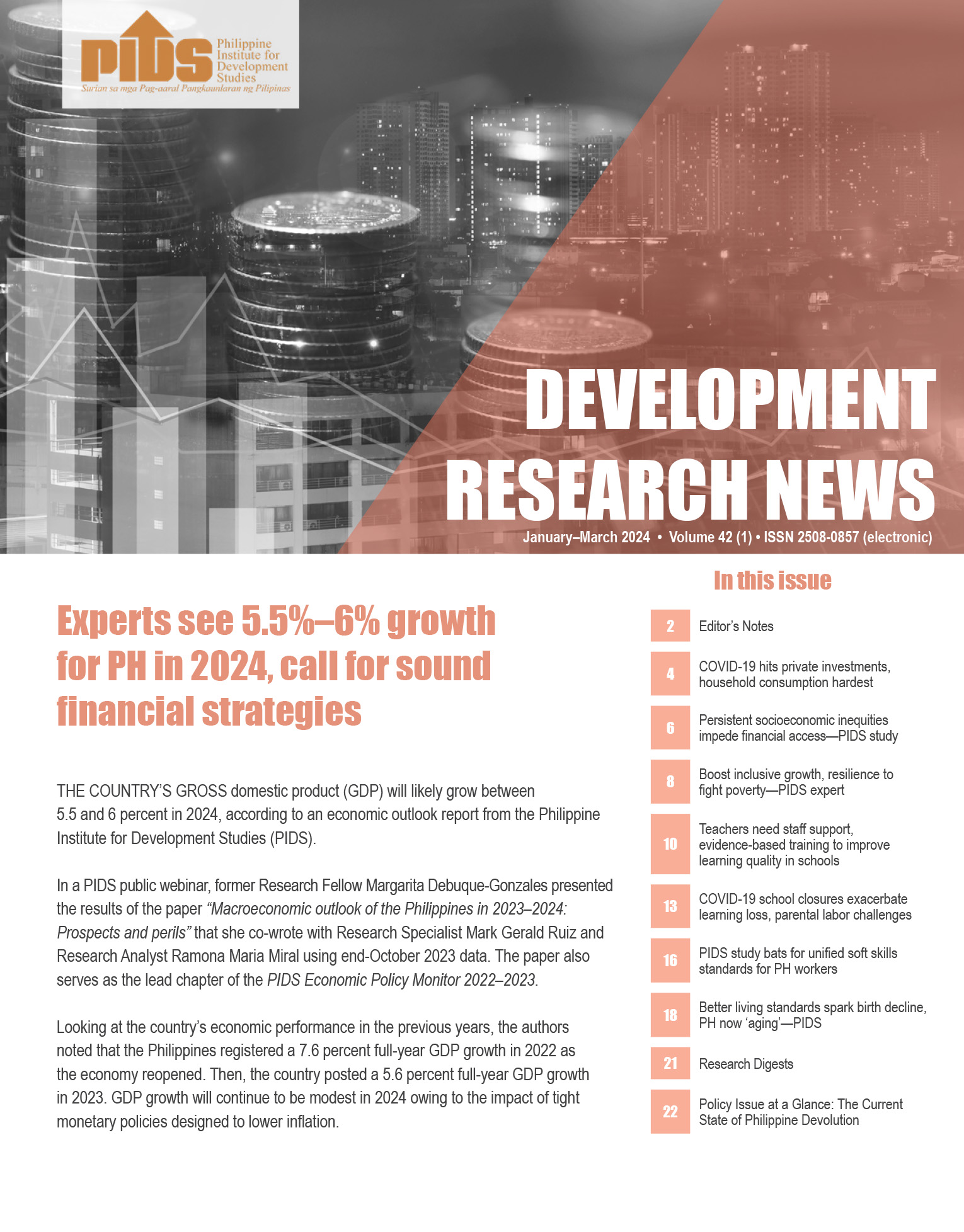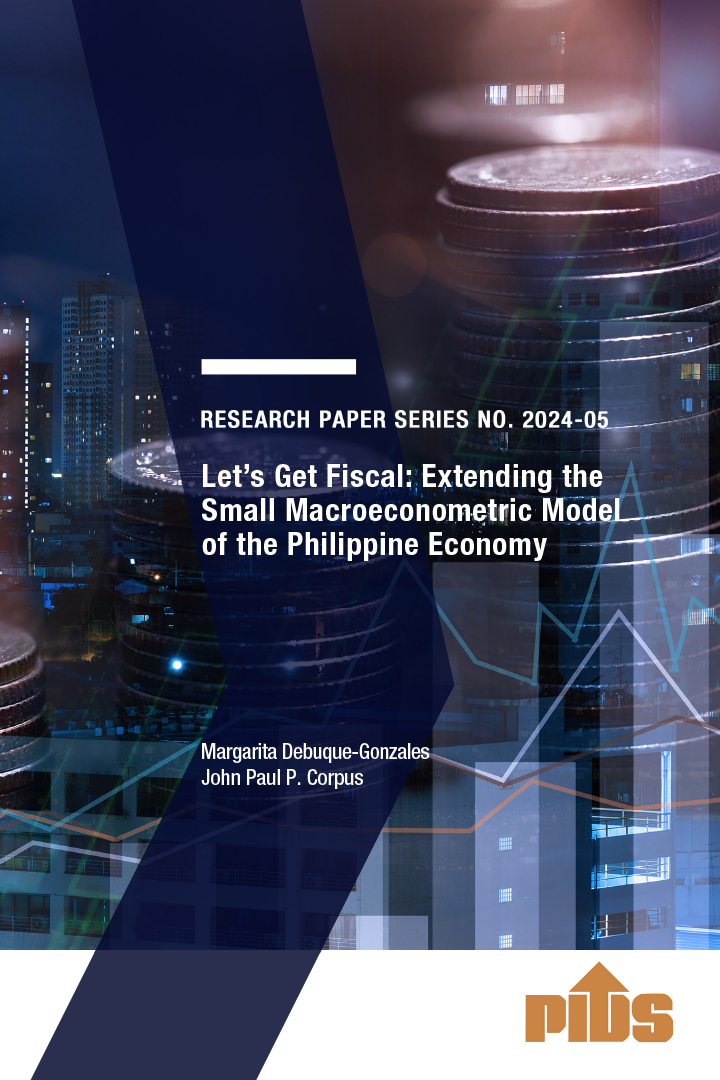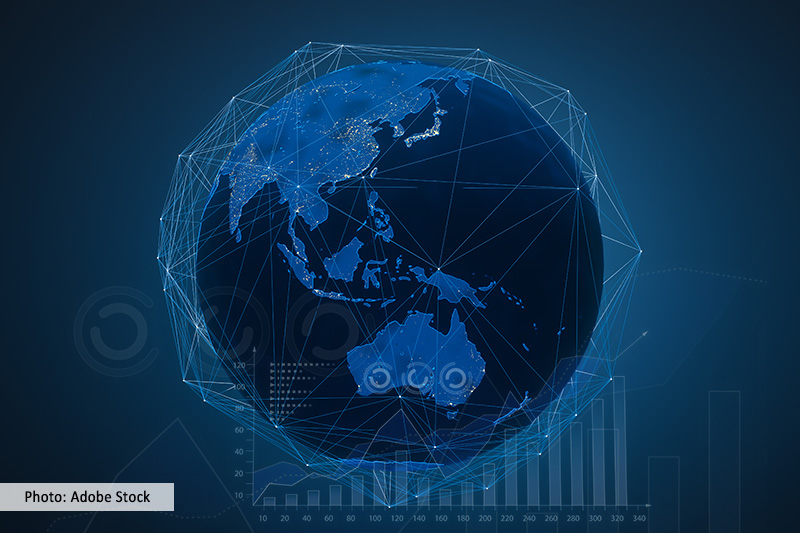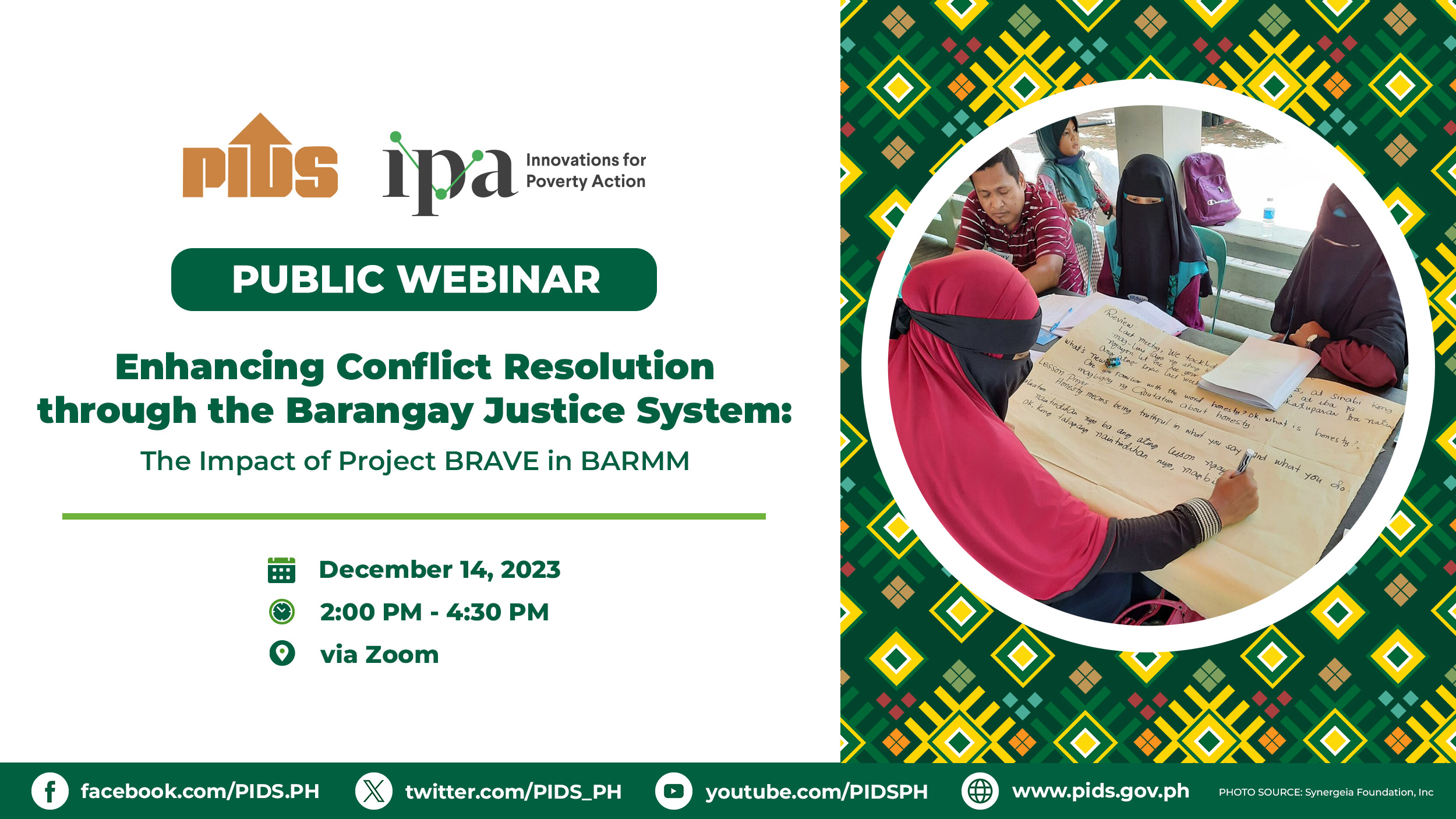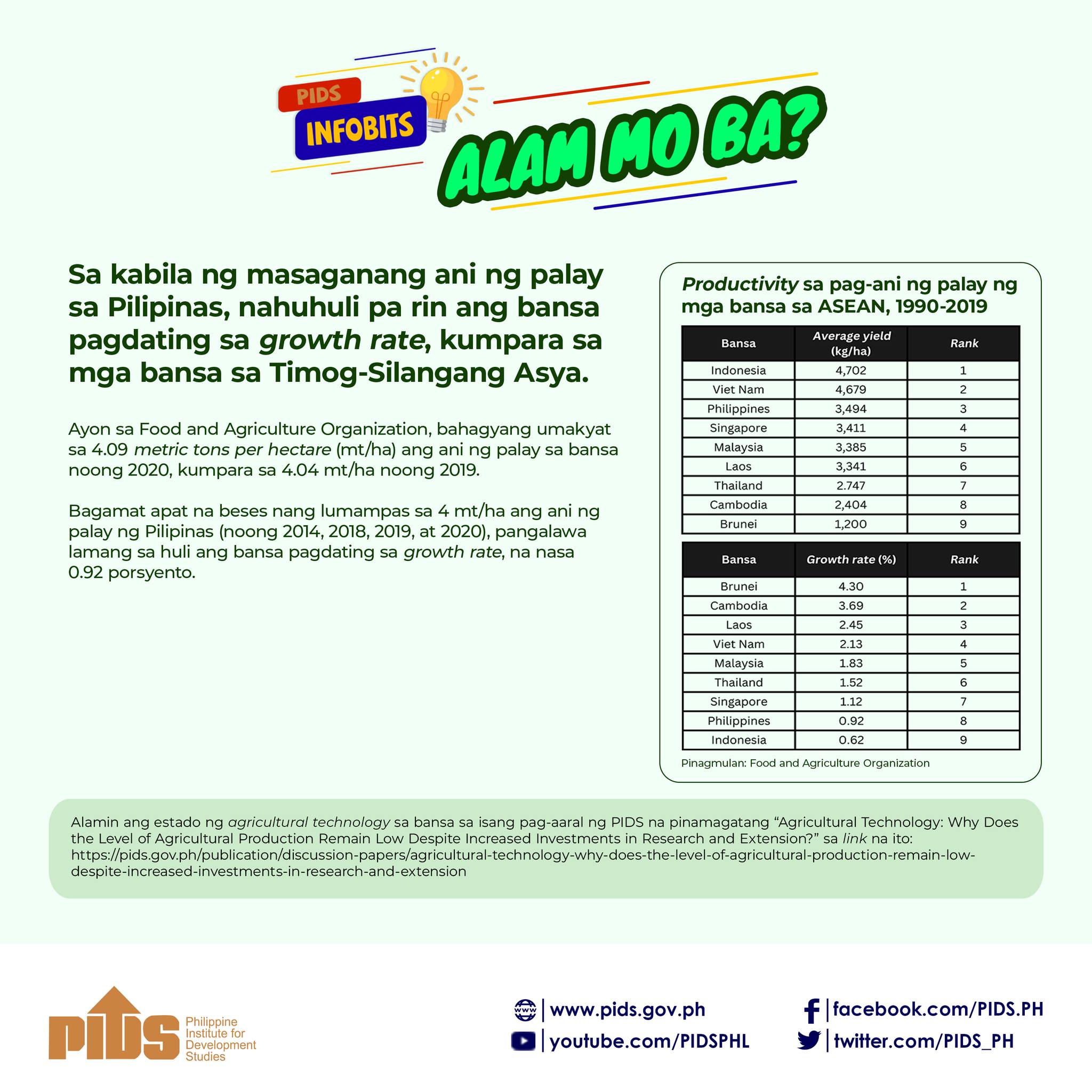The President’s drug war and the armed conflict in the Autonomous Region in Muslim Mindanao (ARMM) had little impact on the Philippine growth story in the past six years, according to an international economist.
In a recent Philippine Institute and Development Studies forum, Hal Hill, professor emeritus of Southeast Asian Economies in the Arndt Corden Department of Economics, Crawford School of the Australian National University, said violence and conflict did not affect the Philippine economy as much compared to other countries.
Hill added that despite the magnitude of the problem in the conflict areas in the ARMM, the country’s national budget has not been overtaken by efforts to finance the military, which is “positive for growth and development.”
“If you look at the rosy macro [economic] story for the last six years, it sort of has been delinked from the terrible conflict in your part of the world,” he said.
Hill added that, in some conflict countries, defense budgets are huge and this actually is a cause for worry in these countries. But in the Philippines, this is not the case.
Based on the data from the Department of Budget and Management (DBM), the Department of National Defense’s (DND) proposed 2018 budget is P145 billion, which is higher by only 5.5 percent from the 2017 budget of P137.4 billion.
The DND was only the fifth-largest recipient of the budget in 2017 and 2018. But it was the third-largest recipient in the 2016 budget, with P117.7 billion.
“The worry in some conflict countries, such as Pakistan, is that a conflict has led to a huge military budget. [In contrast], in your country there’s very low spending on defense, which I think is a positive,” Hill said.
In the same forum, former University of the Philippines School of Economics Dean Ramon Clarete said the Philippines may not be out of the woods yet.
Clarete said the government must ensure that its military and police operations are transparent, something that both Filipino and foreign investors favor.
He added that, while there was indeed a $1-billion dip in the country’s investments between 2016 and 2017, this cannot be attributed to the conflict or, more specifically, the President’s war on drugs.
Clarete said it can be noted that in the first year of the Aquino administration, there was also a similar dip in investments, particularly foreign direct investments (FDI).
“All investors, foreign and domestic, would like some transparency and stability in the direction of policy. So it’s very important that the leadership will also articulate that particular stability and transparency,” he added.
Data from the Bangko Sentral ng Pilipinas (BSP) showed the country’s FDI declined 37.73 percent to $307 million in July, from $493 million in the same period last year.
However, a surge in net equity capital to $131 million was due mainly to the increase in equity capital placements to $170 million, which more than compensated for the withdrawals of $39 million.
These equity capital infusions came mostly from Singapore, the United States, the Netherlands, Japan and Taiwan.
These were invested mainly in manufacturing; real estate; wholesale and retail trade; financial and insurance; and electricity, gas, steam and air-conditioning supply activities.
As a result of these developments, FDI net inflows reached $3.9 billion in January to July, a 16.5-percent decline from $4.7 billion in net inflows last year.

